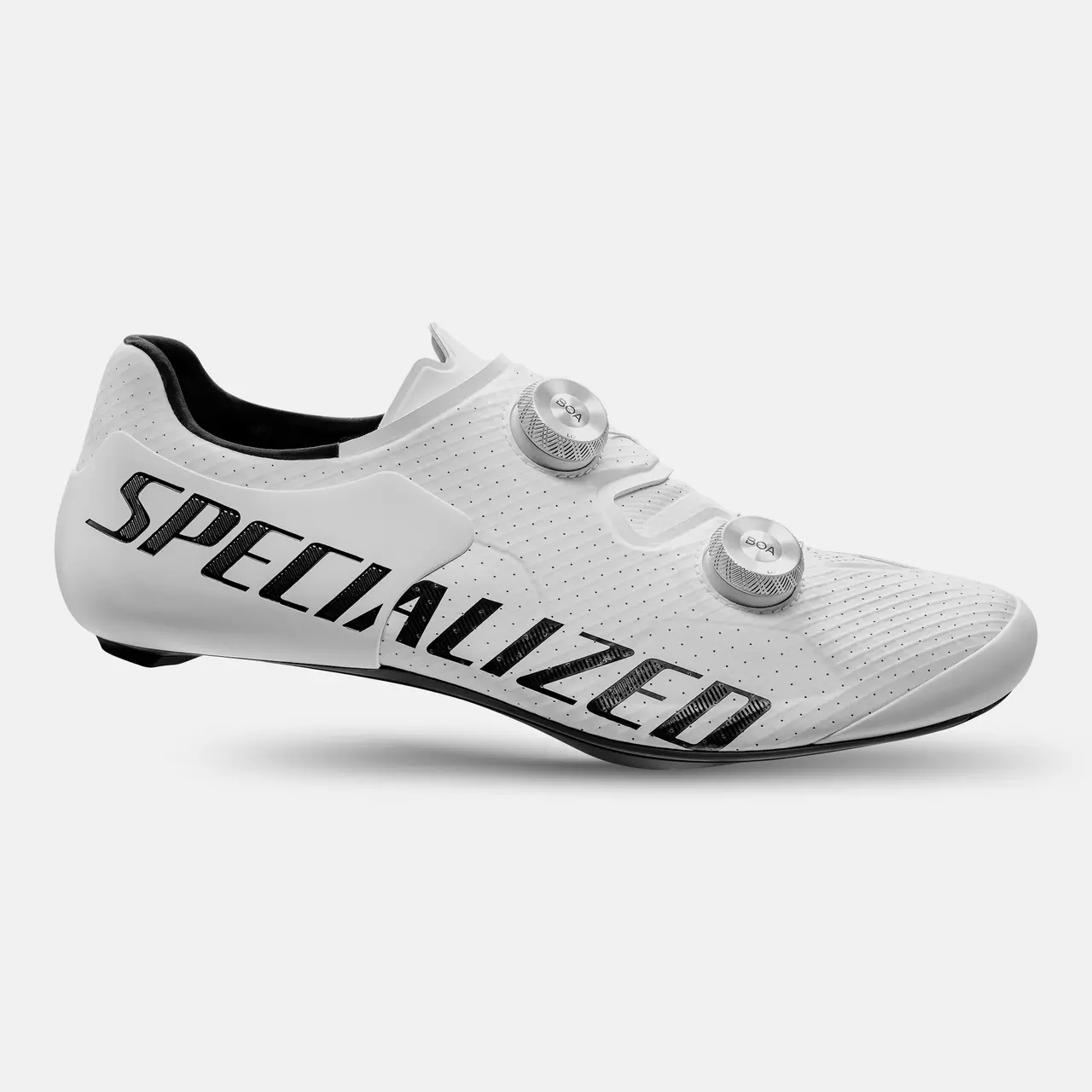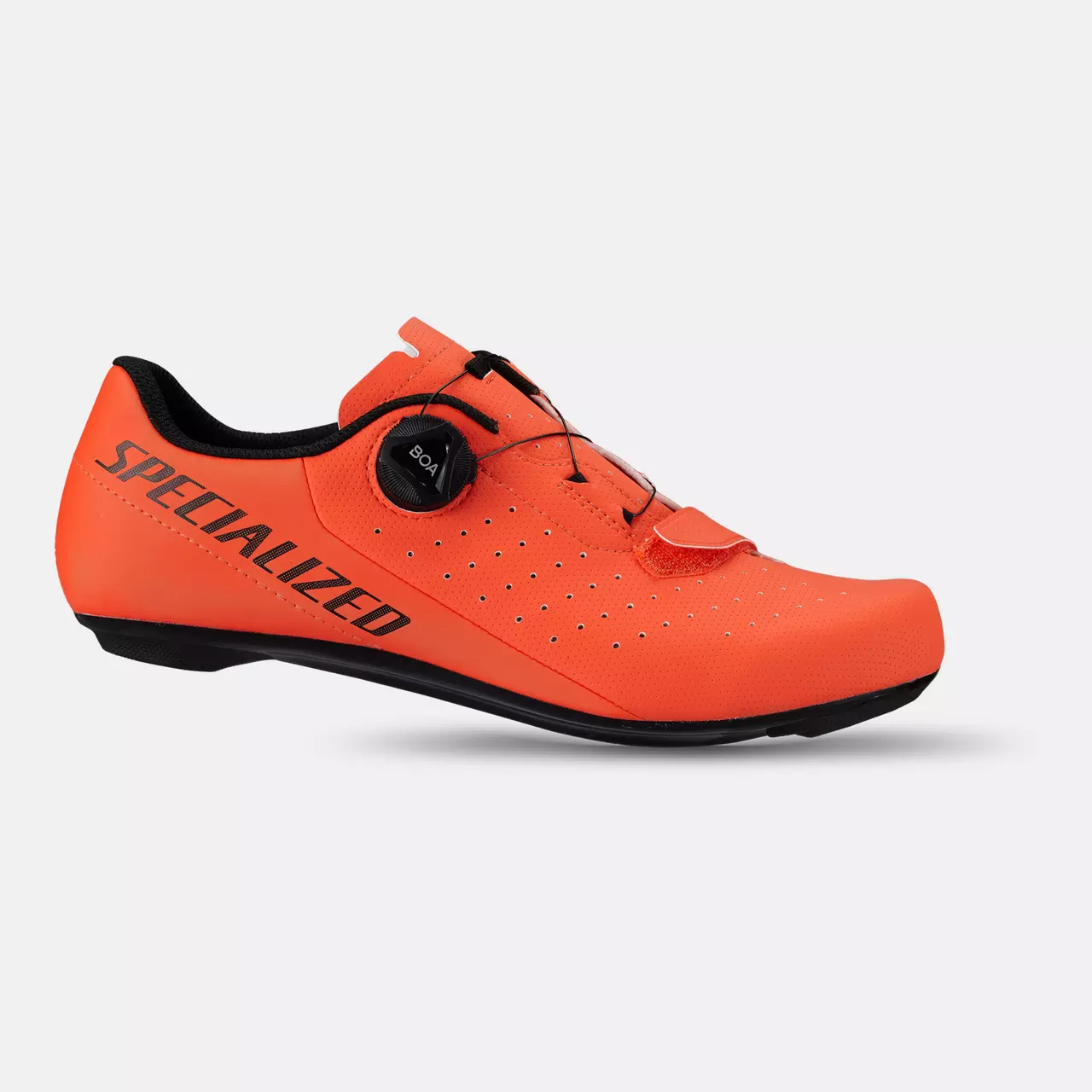Pay at your own pace, starting at 0% APR with Affirm
Pay at your own pace, starting at 0% APR with Affirm
Get the gear you want today and split your purchase into easy monthly payments--starting at 0% APR. With Affirm, you'll never pay more than you see up front. No hidden fees. No late fees. No surprises. Just flexible financing that works for your lifestyle.
Learn more about Affirm
Cycling Clothing (326)
Sort By
Gender
Group
Category
Type
Size
Price
Color
Experience
Product Family
Technology
Collection
Fit
Material
96 / 326








































































































































































































































